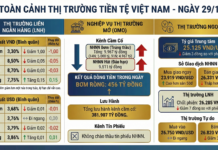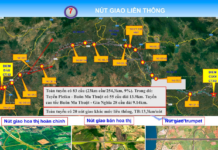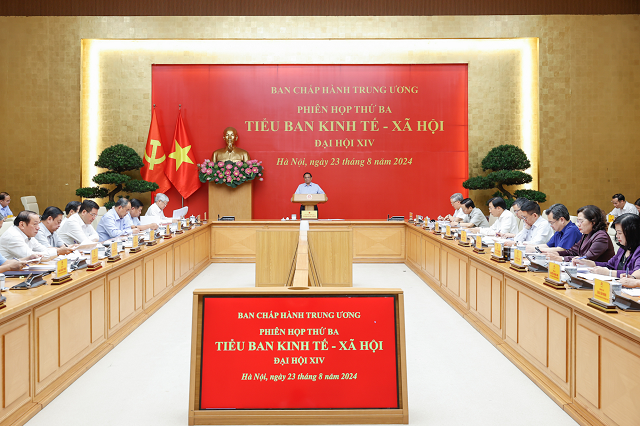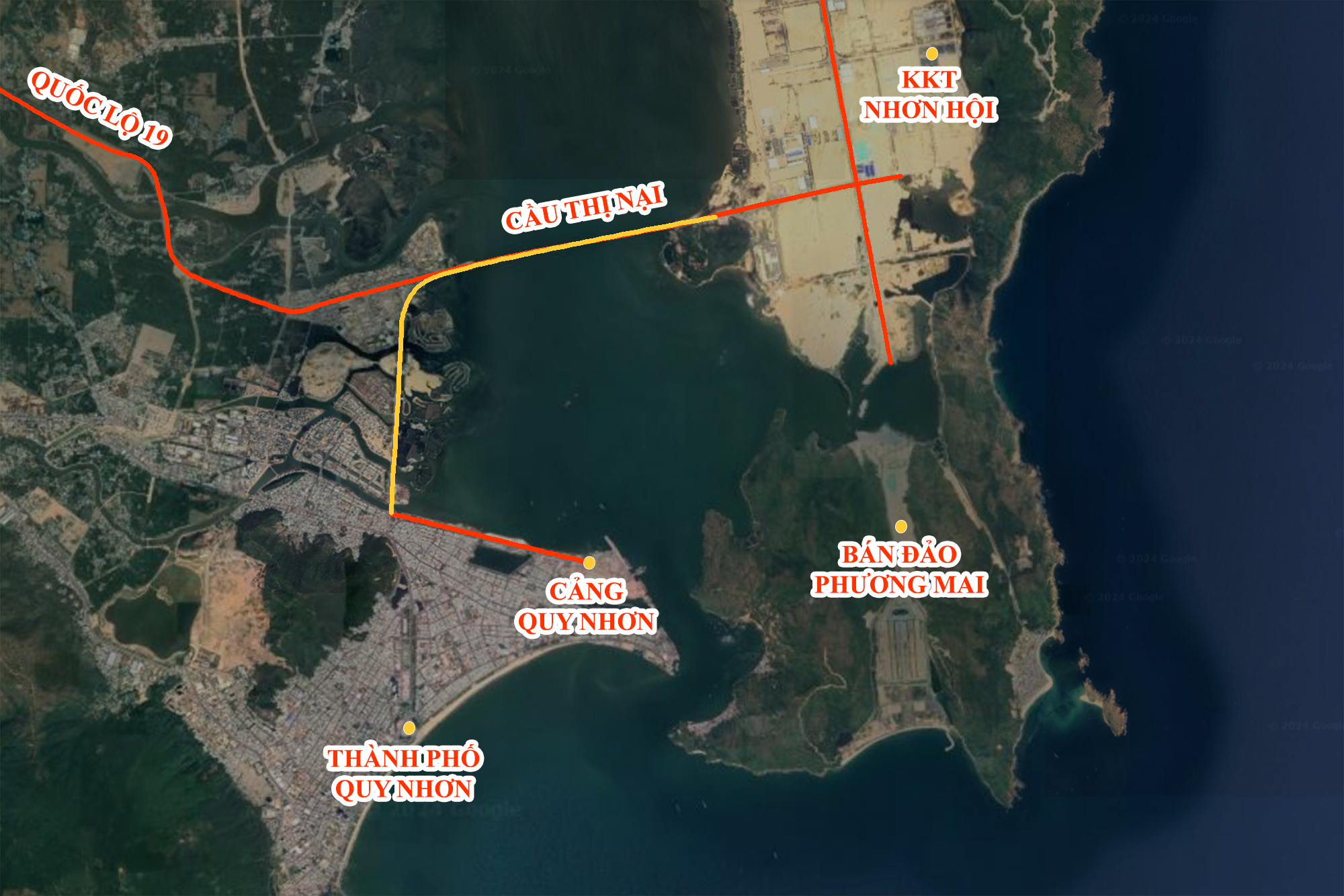
The Thi Nai Bridge spans the Thi Nai Lagoon, with construction starting in 2002 and completed in 2006, costing nearly VND 370 billion. At the time, Thi Nai Bridge was the longest sea-crossing bridge in Vietnam.

The Thi Nai Bridge consists of the main bridge over the Thi Nai Lagoon, five smaller bridges over the Ha Thanh River, and approach roads on both sides. The main bridge is nearly 2.5 km long and over 14 m wide, with a total of 54 spans. Including the approach roads, the entire bridge is nearly 7 km long, including the five shorter bridges.

Twenty years ago, the entire Thi Nai Lagoon area was a desolate wilderness. Both shores were lined with mangrove trees, and the surrounding area was uninhabited. Traveling to Phuong Mai Peninsula required a boat. The peninsula, however, offered a vast area with favorable geography and great potential for economic development, making it ideal for constructing a deep-sea port, industrial parks, residential areas, and commercial centers.

The construction of the Thi Nai Bridge broke the geographical barrier surrounding the Phuong Mai Peninsula, facilitating the expansion of Quy Nhon City to the east and north. The bridge has brought significant economic, social, and tourism benefits to the area.

Economically, the Thi Nai Bridge connects the two banks of Quy Nhon City and the Nhon Hoi Economic Zone, one of the most dynamic economic zones in Central Vietnam with a diverse range of industries and sectors. It serves as a growth nucleus and a center for industry, tourism, and services in South-Central Vietnam and the Central Key Economic Region.

The Nhon Hoi Economic Zone was established by a decision of the Prime Minister in 2005, with most of its area located on the Phuong Mai Peninsula. By early 2024, Binh Dinh Province had attracted 405 investment projects, mainly in the Nhon Hoi Economic Zone. Several new projects are being promoted for investment, such as the Nhon Hoi Economic Zone Port 1.2 project with an investment of USD 3 billion, the expansion of the Hai Giang Merry Land tourism area to the west with an investment of USD 10 billion, and the high-rise hotel complex at Point 1 with an investment of USD 6 billion.
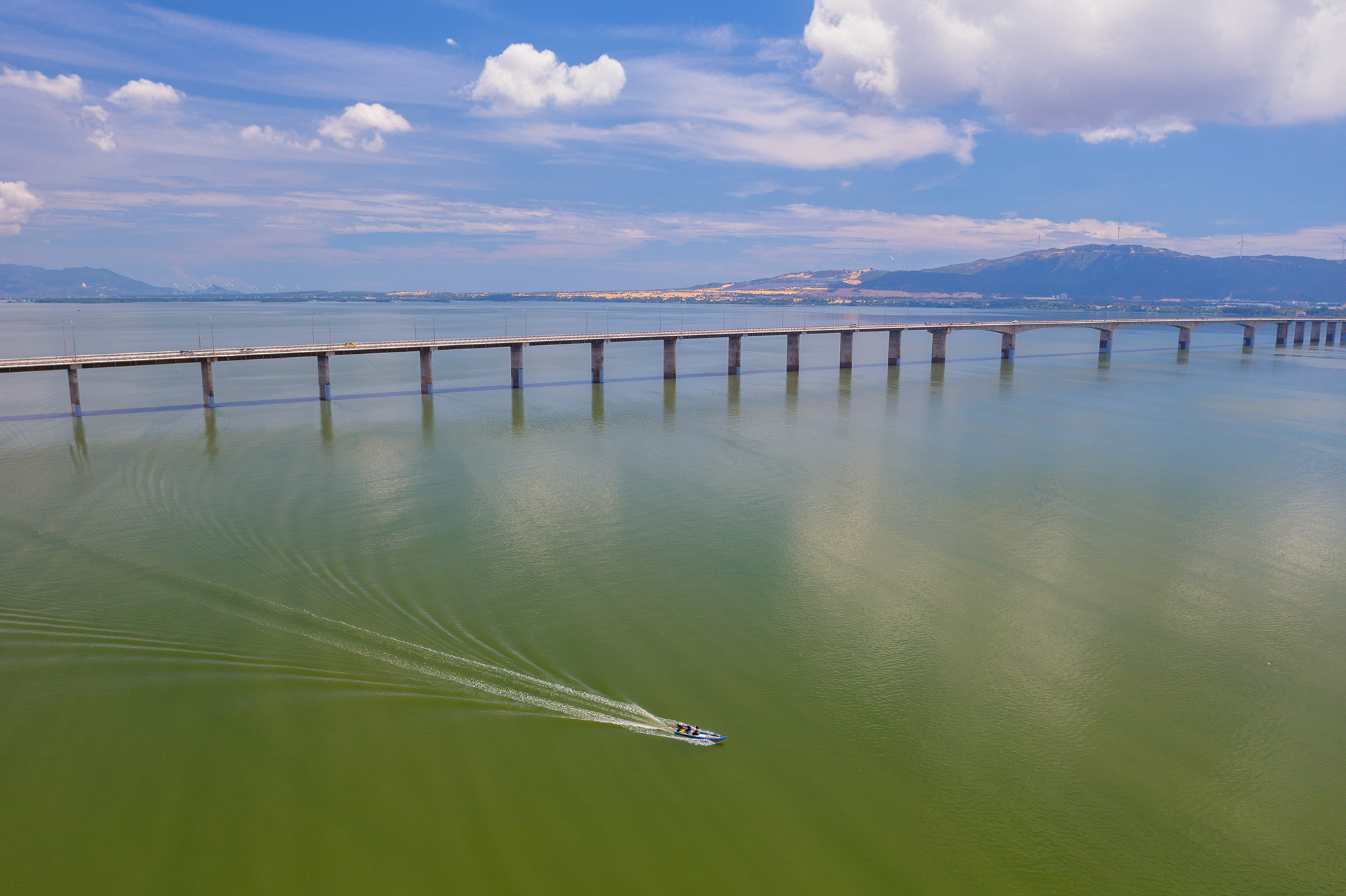
In addition to its economic benefits, the Thi Nai Bridge has also enhanced the tourism value of the area. Its striking architecture, combined with the picturesque natural scenery, has attracted the interest of numerous tourists. Standing on the Thi Nai Bridge, one can take in the vastness of the Thi Nai Lagoon, breathe in the fresh air, and admire the lush mangrove forests and the fishing boats dotting the waters.

Looking southwest from the bridge, visitors can catch glimpses of the bustling city of Quy Nhon with its tall buildings and busy roads. To the northeast lies the majestic Phuong Mai Peninsula. The Thi Nai Bridge also provides the shortest route to popular tourist destinations such as Eo Gio, Cu Lao Xanh, Ky Co, and Trung Luong.

The Thi Nai Bridge connects to National Highway 19, National Highway 19B, and Provincial Road 639, linking to the international border gate of Le Thanh (Gia Lai Province) and Cambodia, all the way to Quy Nhon Port. This forms an international transport hub, expanding the market in South-Central Vietnam and the Central Highlands, and connecting to the markets of Northeast Cambodia, Southern Laos, Central Thailand, and the Mekong Sub-region.

With the development of the Nhon Hoi Economic Zone and the demands of strategic investors, the People’s Committee of Binh Dinh Province has submitted a proposal to the Provincial People’s Council for approval of the investment policy for the Thi Nai 2 Bridge project.

According to the provincial proposal, the Thi Nai 2 Bridge will be nearly 2.5 km long, with a total investment of nearly VND 1,900 billion from the provincial and central budgets. The Thi Nai 2 Bridge project will run parallel to the existing Thi Nai Bridge.
Sticking to the Macroeconomic Stability Goal, Promoting Growth, and Curbing Inflation.
The economic and social landscape in August and the eight months leading up to 2024 showcased a robust recovery, yielding positive and comprehensive results across all sectors. This momentum has been instrumental in achieving the set goals and fortifying the foundation to meet and exceed the 15 targets outlined for 2024.







